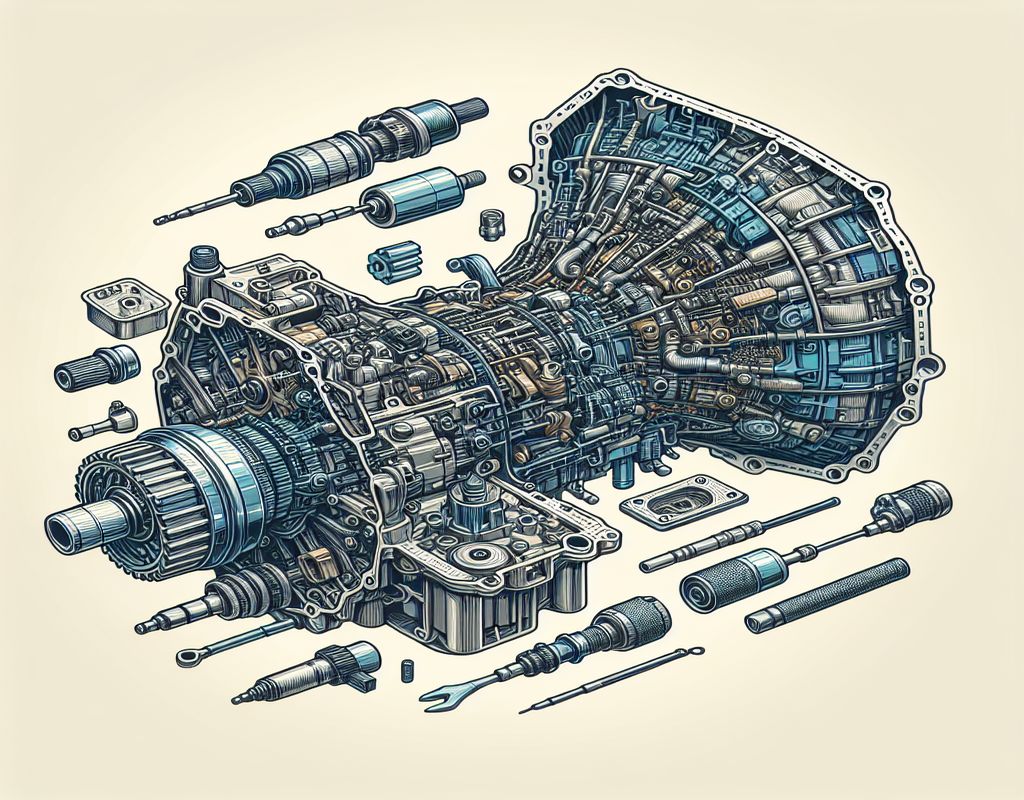Introduction
The 845RE transmission, a popular 8-speed automatic transmission crafted by ZF Friedrichshafen, can be found in vehicles from Chrysler, Dodge, and Jeep. To ensure its longevity and optimal performance, understanding and effectively troubleshooting common issues are essential.
Understanding the 845RE Transmission
Introduced in the early 2010s, the 845RE transmission is celebrated for its smooth shifting capabilities and operational efficiency. Key components like the torque converter, valve body, solenoids, clutch packs, and transmission fluid work harmoniously to ensure seamless operation.
Symptoms of Common Issues
Recognizing symptoms of common problems with the 845RE transmission is crucial for timely intervention. Issues like gear slipping, rough shifts, delayed engagement, transmission overheating, and strange noises can be identified through warning lights, unusual sounds, burning odors, and irregular shifting patterns.
Maintaining Fluid Levels
Proper fluid levels are vital for the 845RE transmission’s health and performance. Regularly checking and topping off transmission fluid is crucial to prevent overheating, increased friction, and premature wear on components.
Addressing Fluid Leaks
Identifying and resolving fluid leaks promptly is crucial. Leaks from seals, gaskets, or transmission lines can be detected by observing fluid puddles or decreased levels. Solutions range from simple repairs to professional assistance to prevent further damage.
Troubleshooting Shifting Problems
Shifting issues like erratic shifting or harsh engagements can disrupt performance. Causes vary from low fluid levels to faulty solenoids or worn clutch packs. Troubleshooting involves inspecting fluid, checking error codes, and potentially adjusting or replacing components.
Preventing Overheating
Transmission overheating can impact efficiency and longevity. Signs include burning smells, fluid discoloration, or dashboard warning lights. Preventative measures include maintaining fluid levels, cooling systems, and avoiding excessive strain on the transmission.
Addressing Strange Noises
Unusual noises like whining, grinding, or clunking may indicate underlying problems. Prompt diagnostics and repairs can prevent damage and ensure continued functionality.
Maintenance Tips
Regular maintenance practices such as fluid checks, filter replacements, and inspections are essential for optimal transmission operation. DIY tips like keeping the transmission clean and monitoring fluid quality can contribute to longevity and efficiency.
Seeking Professional Help
Persistent issues or concerns about performance warrant professional intervention. Qualified mechanics can accurately diagnose issues and provide comprehensive solutions for maintaining functionality and reliability.
